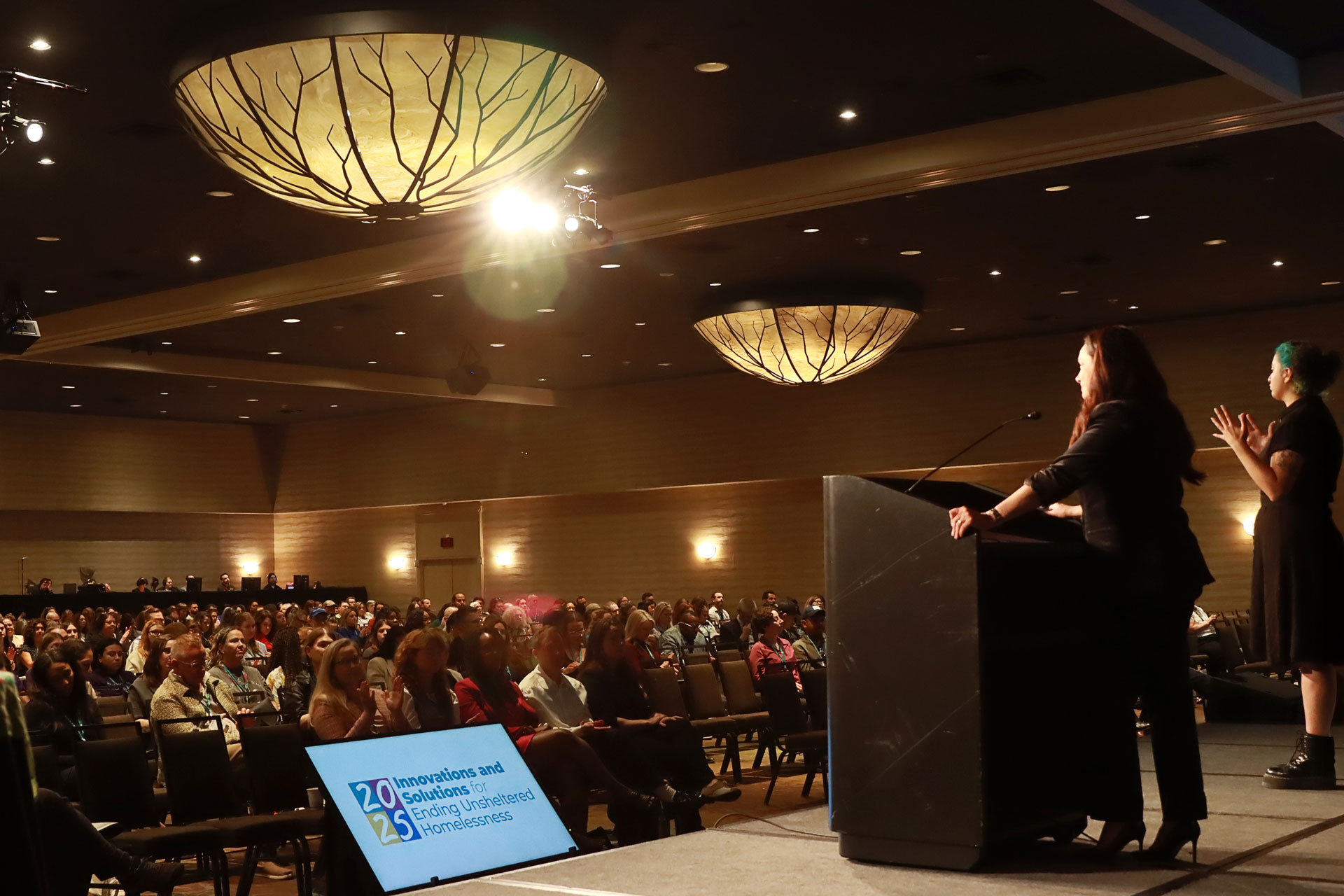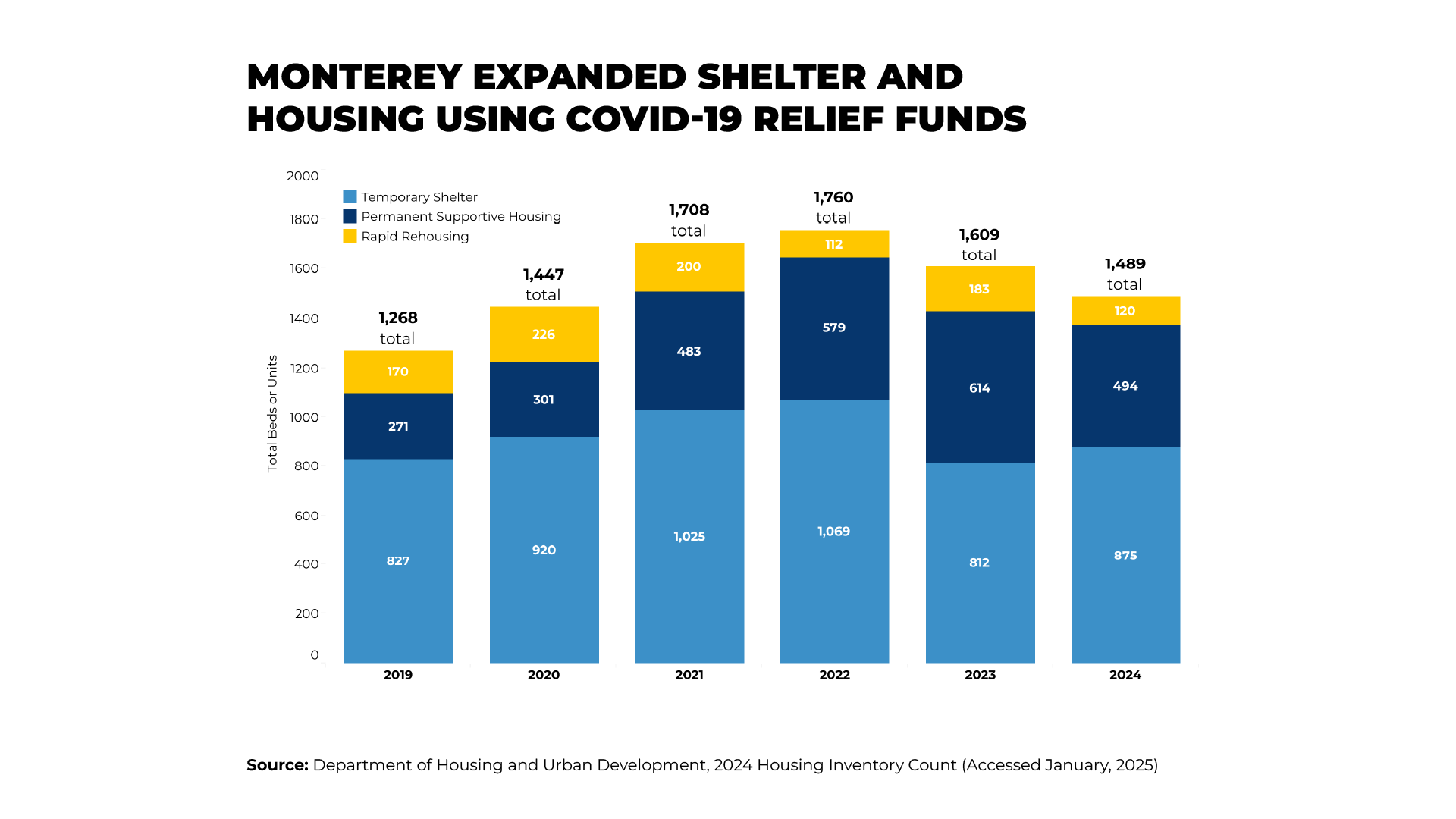Annual prevalence estimates for homeless youth in the U.S. have ranged as high as 1.6 million among those aged 13-17 (Ringwalt et al., 1998). Robertson and Toro (1999) concluded that youth may be the single age group most at risk of becoming homeless and, yet, this group is the least studied of the three major subgroups among the overall homeless population (i.e., homeless adults, families, and youth).
The existing research has documented many of the characteristics of homeless youth and identified a wide range of deficits (see Robertson and Toro, 1999; Toro, Dworsky, and Fowler, 2007). However, studies find rather different profiles of homeless youth, depending on sampling strategies, target age groups, gender balance, measures used, and other methodological factors.
For example, it has been noted that studies targeting older youth (sometimes up to age 25), males, and youth from the streets tend to find more problem behaviors, such as substance abuse, mental disorders, risky sexual behavior, and conduct problems (Haber and Toro, 2004; Toro et al., 2007).
Stay Updated: Solutions, Stories, and Ways to Make an Impact
Sign up to receive updates on the Alliance’s work, including the latest research, advocacy efforts, and real stories of progress — plus ways you can help drive lasting change.












